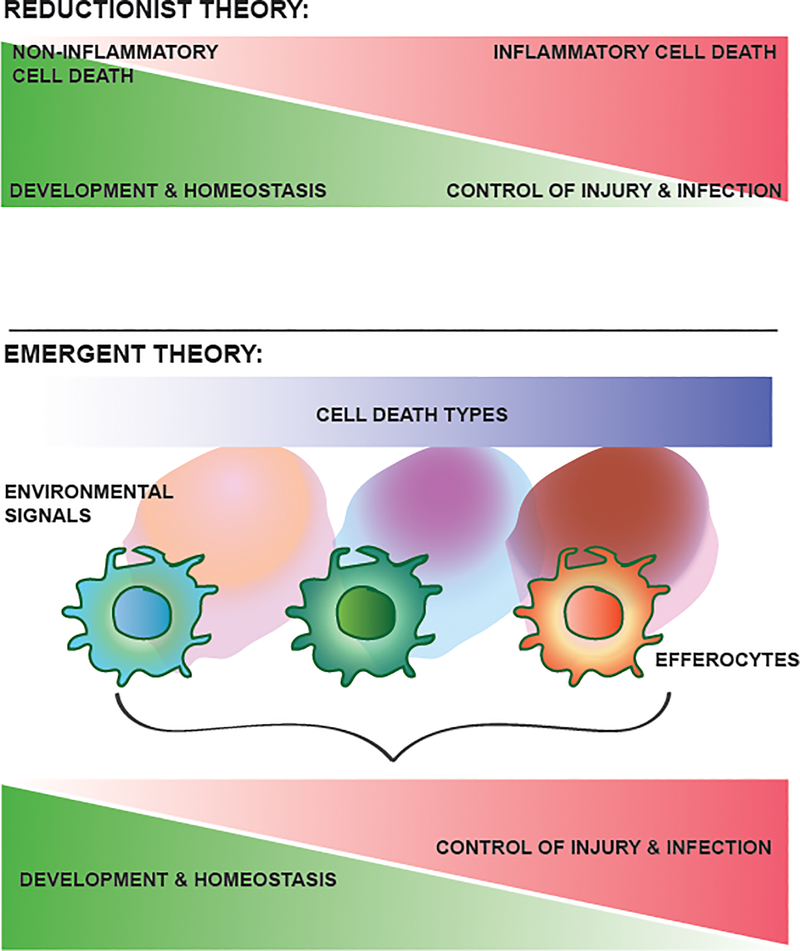Figure 1 |. Schematic representation of the proposed code of cell death.
According to a reductionist theory (top), there is a one-to-one relationship between the type of cell death and the effector function. As an example, non-inflammatory cell death is associated with physiological resolution and repair responses, whereas inflammatory cell death is associated with the control of injury and infection but can result in pathologies associated with defective resolution or repair. By contrast, the emergent theory (bottom) that we outline in this Review takes into account the variety of cell death types, the multitude of accompanying environmental signals and their integration by different efferocytes for the execution of specific effector responses. As such, the same cell death modality can result in distinct effector functions, depending on the specificity of environmental signals and the efferocyte. For simplicity, only three types of cell death, environment, efferocyte and effector response are shown here, but in the broader contexts of development, homeostasis and repair, there are a large set of spatially and temporally distinct combinations resulting in different effector responses.

